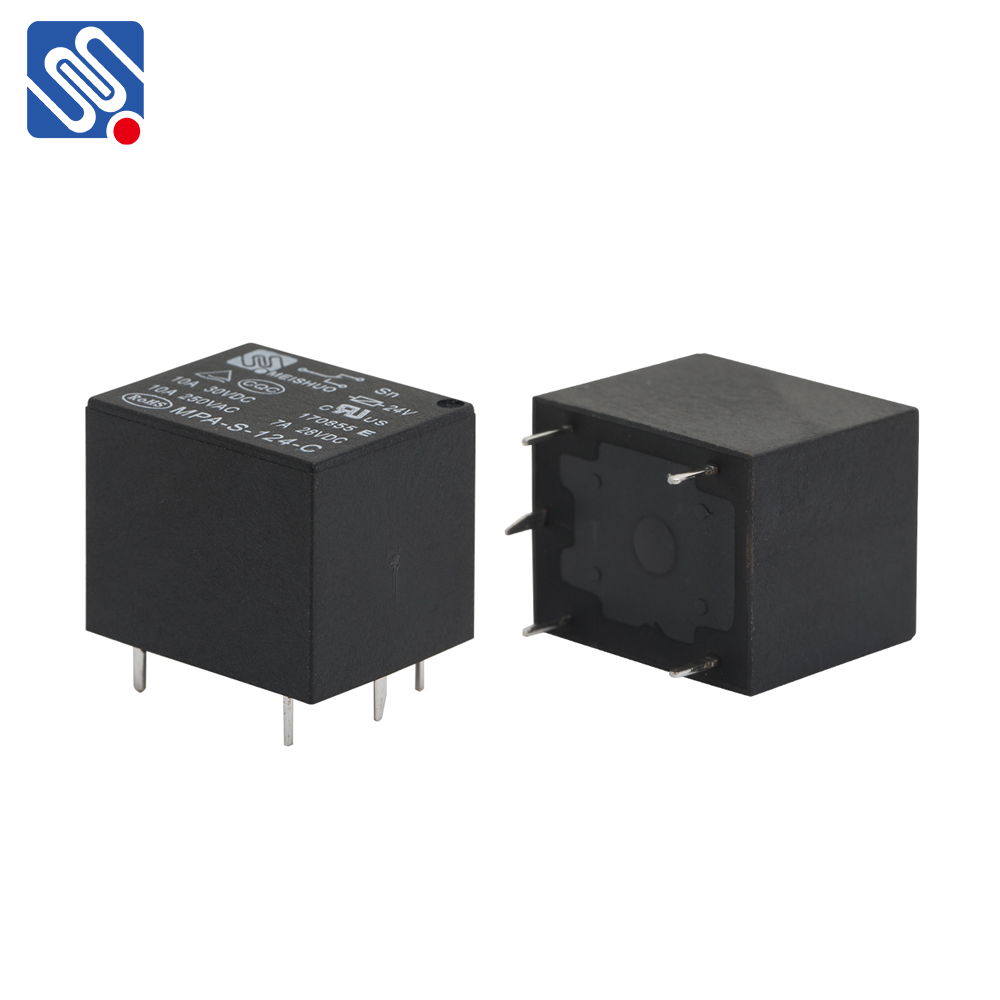In modern electronics and electrical systems, relays are crucial components that allow the control of high-voltage or high-current devices using a low-voltage control signal. One of the most common types of relays used in a variety of applications is the 12 Volt relay. These devices play an essential role in automating and protecting electrical systems, from automotive circuits to home appliances. In this article, we will explore the working principles, applications, and benefits of a 12 Volt relay, as well as its importance in everyday electronics.

What is a 12 Volt Relay? A 12 Volt relay is an electromagnetic switch that allows a low-voltage control circuit to control a higher-voltage power circuit. The relay consists of a coil, contacts, and an electromagnet. When a 12V voltage is applied to the coil, it generates a magnetic field that activates the relay’s switch, either opening or closing the circuit. This allows a relatively small amount of current from a low-voltage source to control larger electrical devices that require higher voltages, such as motors, lights, or heating elements. How Does a 12 Volt Relay Work? The working principle of a 12 Volt relay is simple yet effective. When 12V DC (direct current) is applied to the relay’s coil, the coil becomes magnetized and creates a magnetic field. This magnetic field pulls or releases a metal armature inside the relay, which, in turn, causes the contacts to either open or close.